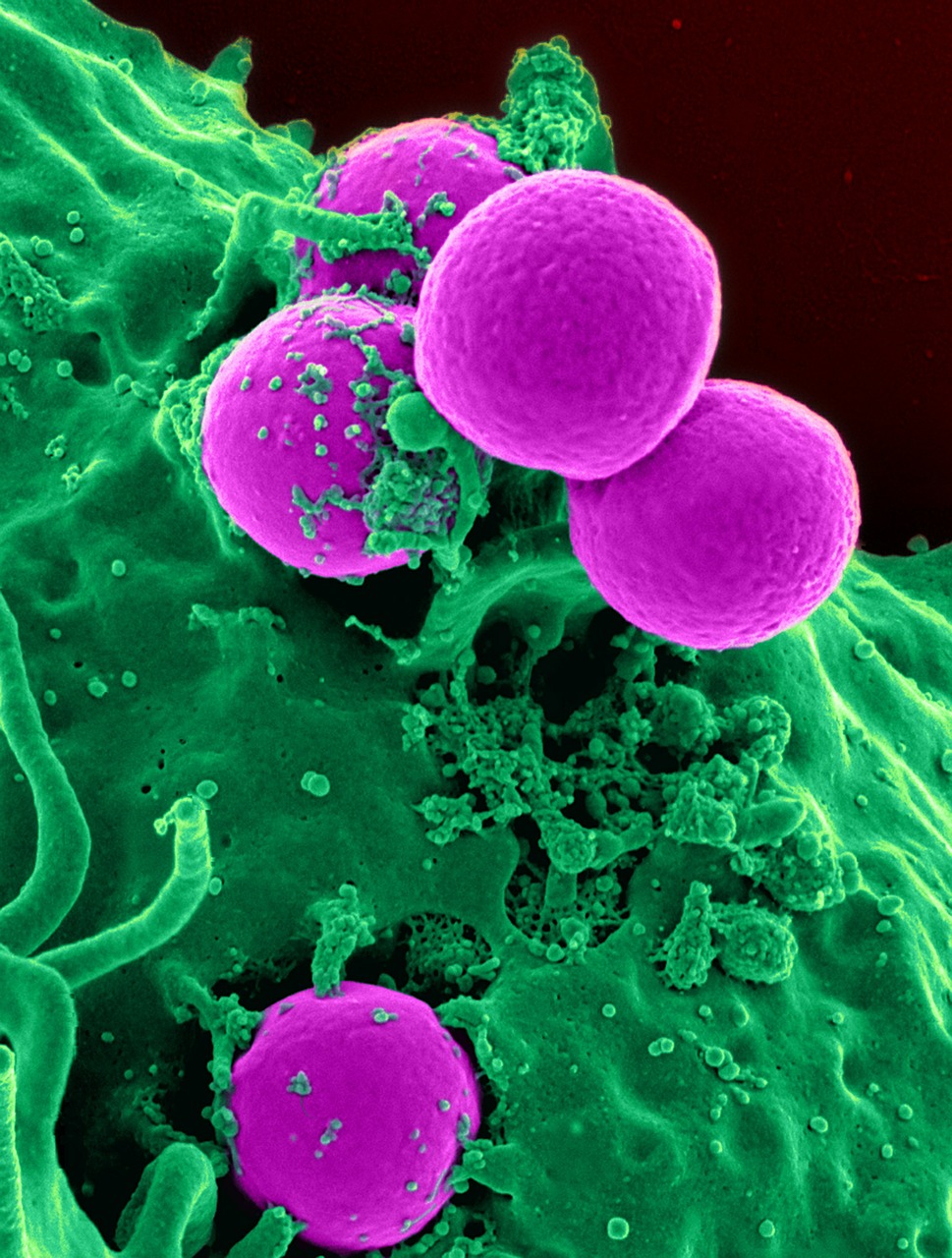The first reference database of the microbes colonizing the planet was constructed by more than 500 scientists. They contributed over 27,000 samples of microbiomes from diverse environments around the globe. The Earth Microbiome Project is a massive global research collaboration that resulted in ‘recapturing’ half of all known bacterial sequences.
“We’re finding out on an unprecedented scale where all the microbes are and how they’re assembled into communities,” Rob Knight, director of the Center for Microbiome Innovation at the University of California, San Diego, told Seeker.
The scientists have developed new protocols, analytical methods, and software for identifying and comparing microorganisms collected from every continent. The findings published in Nature represent the effort and work of more than 500 researchers and 300 co-authors from 160 institutions in 43 countries around the globe. It’s the biggest study of the microscopic world ever published. Even more, thanks to Knight’s group, the University of Chicago, the Argonne National Laboratory, and the Pacific Northwest National Laboratory, the project will continue to grow and improve as new samples are added. Researchers have already used data assembled through the project in 100 other studies, half of which have already been published in peer-reviewed journals.
“The potential applications for this database and the types of research questions we can now ask are almost limitless,” Knight said for UCSD News. “Here’s just one example — we can now identify what kind of environment a sample came from in more than 90 percent of cases, just by knowing its microbiome, or the types and relative quantities of microbes living in it. That could be useful forensic information at a crime scene … think ‘CSI.'”
The project catalogs bacteria using a genetic marker, specific for bacteria and archaea, known as 16S rRNA – a common technique for distinguishing bacterial strains from each other. Ten years ago, Knight published an analysis of the planet’s microbial makeup. He combined 16S rRNA sequences from 111 studies, for a grand total of 21,752 sequences. In Knight’s words, the 2.2 billion sequences in the new paper represent a 100,000-fold expansion in our knowledge of the microbial world. They trimmed each one down to a stretch of genetic code 90 base pairs long – a completely independent identifier. The result is around 300,000 identified unique microbial 16S rRNA sequences, almost 90 percent of which don’t have exact matches in pre-existing databases.
Project co-author Jon Sanders, a postdoctoral researcher in Knight’s lab, compares the difference between older databases and the Earth Microbiome Project to the difference between a phone book and Facebook.
“Before, you had to write in to get your sequence listed, and the listing would contain very little information about where the sequence came from or what other sequences it was found with,” said Sanders. “Now, we have a framework that supports all that additional context, and which can grow organically to support new kinds of questions and insights.”
According to Gilbert, professor and faculty director of The Microbiome Center at the University of Chicago, one of the most surprising observations is that unique 16S sequences are far more specific to individual environments. Host microbiomes, such as a human or animal, were notably distinct from free-living microbiomes, such as those found in water and soil. The free-living microbiomes were also far more diverse than host-associated microbiomes.
The interactive world map of EMP samples, Microbial Cartographies, is showing the position of each EMP sample on Earth.
“More sampling is needed to account for factors such as latitude and elevation and to track environmental changes over time. The Earth Microbiome Project provides both a resource for the exploration of myriad questions and a starting point for the guided acquisition of new data to answer them,” said Jansson, chief scientist for biology and laboratory fellow at Pacific Northwest National Laboratory.
The Human Microbiome Project is an initiative with the goal of identifying and characterizing the microorganisms which are found in association with both healthy and diseased humans. The goal is to understand how changes in the human microbiome are associated with health or occurrence of disease. With greater knowledge, interesting discussions will be able to open up, like weather gut microbes are capable of changing our minds. Gilbert is hoping their growing database will provide more insight into the “microbial” planet we are living on.
Learn more about how your city has its own unique microbiome in the video below:
By Andreja Gregoric, MSc










